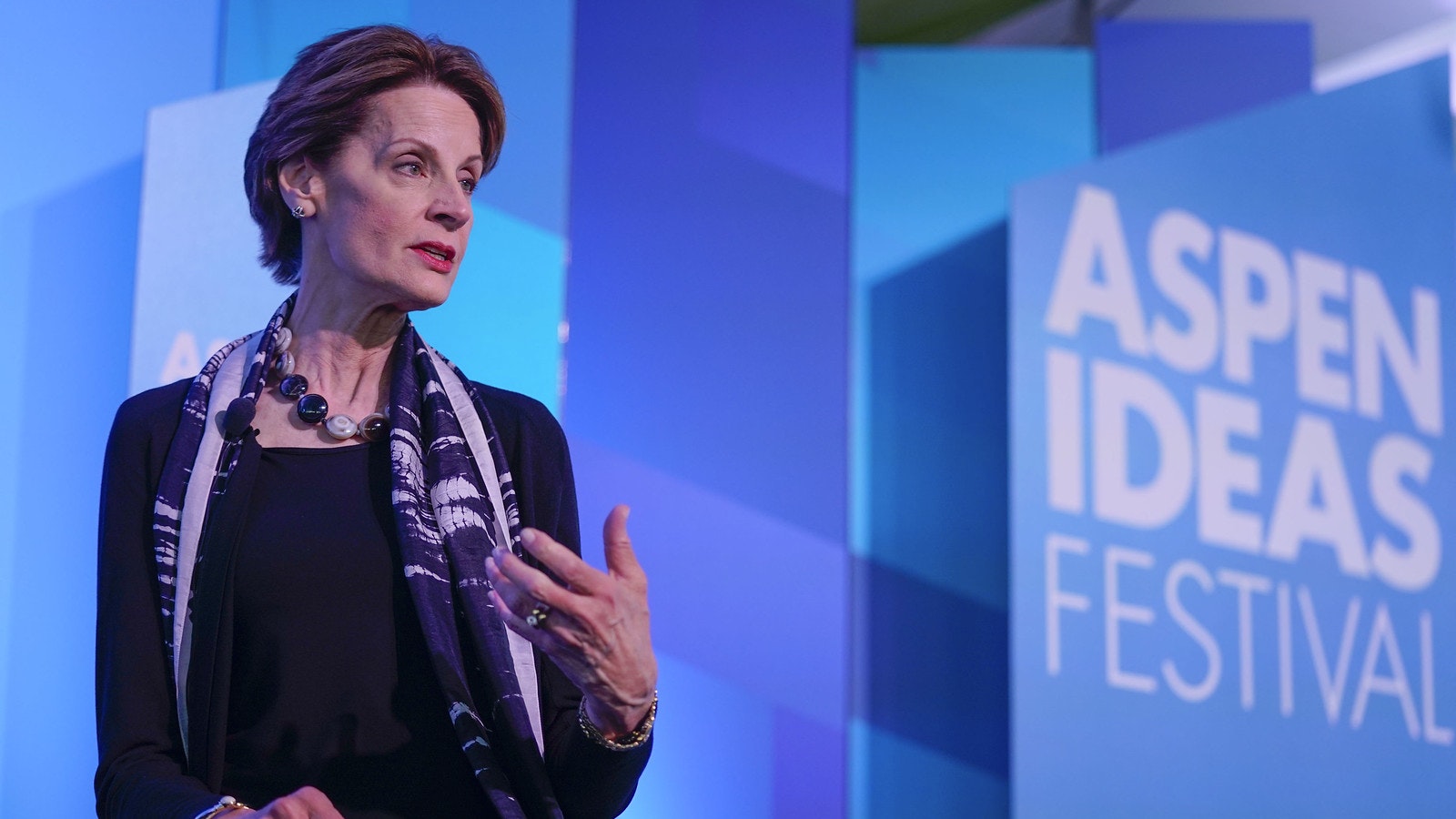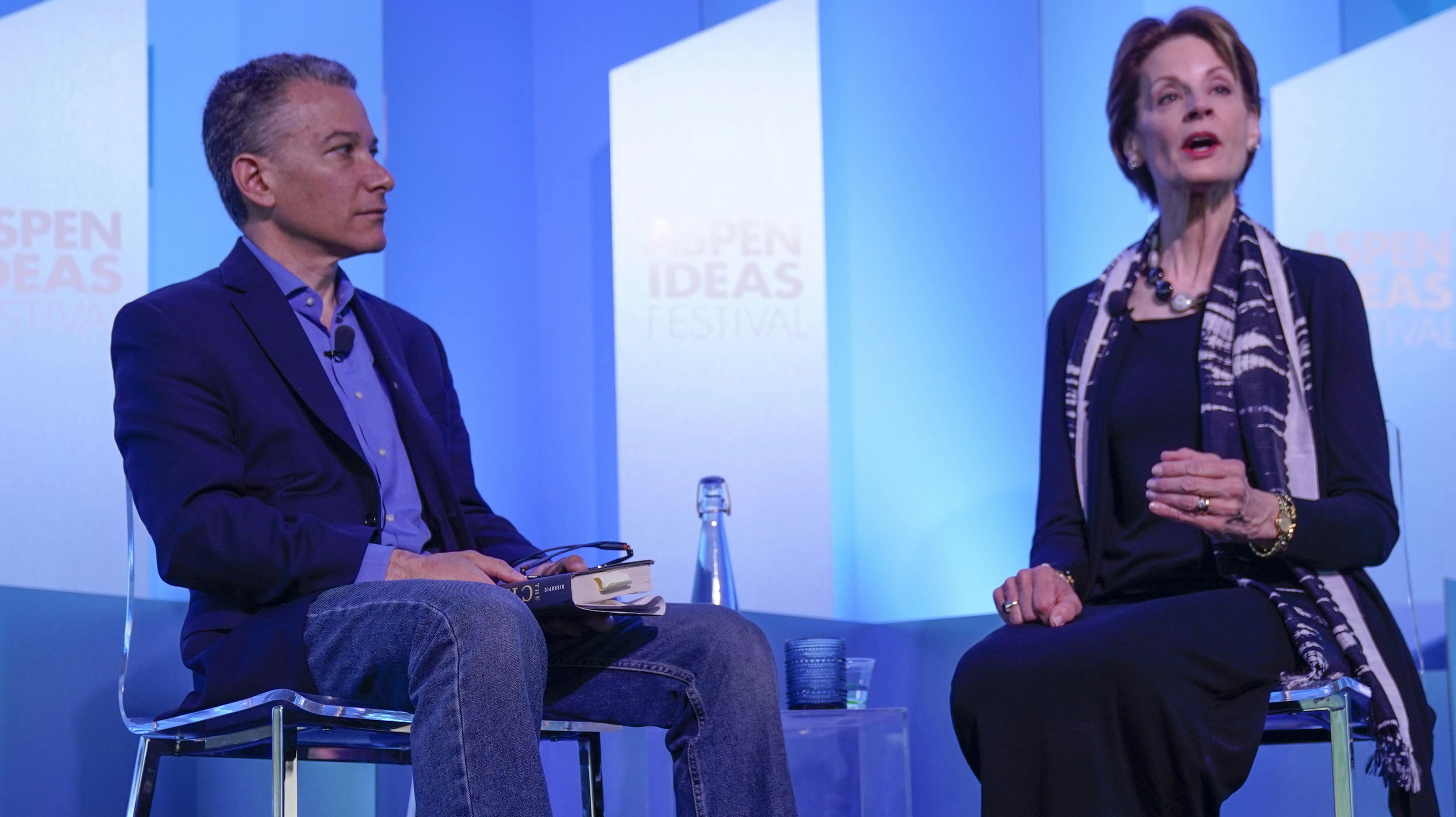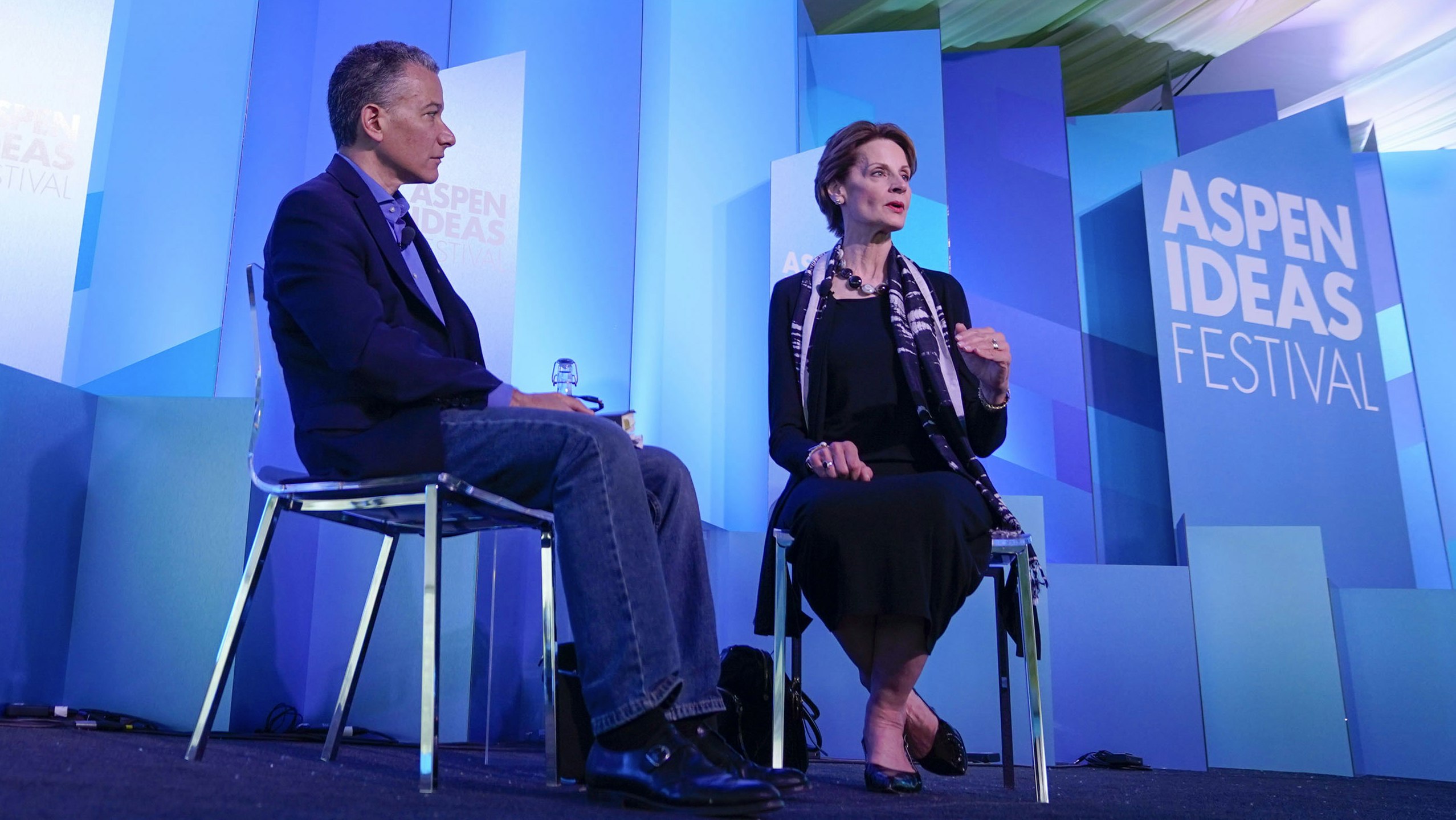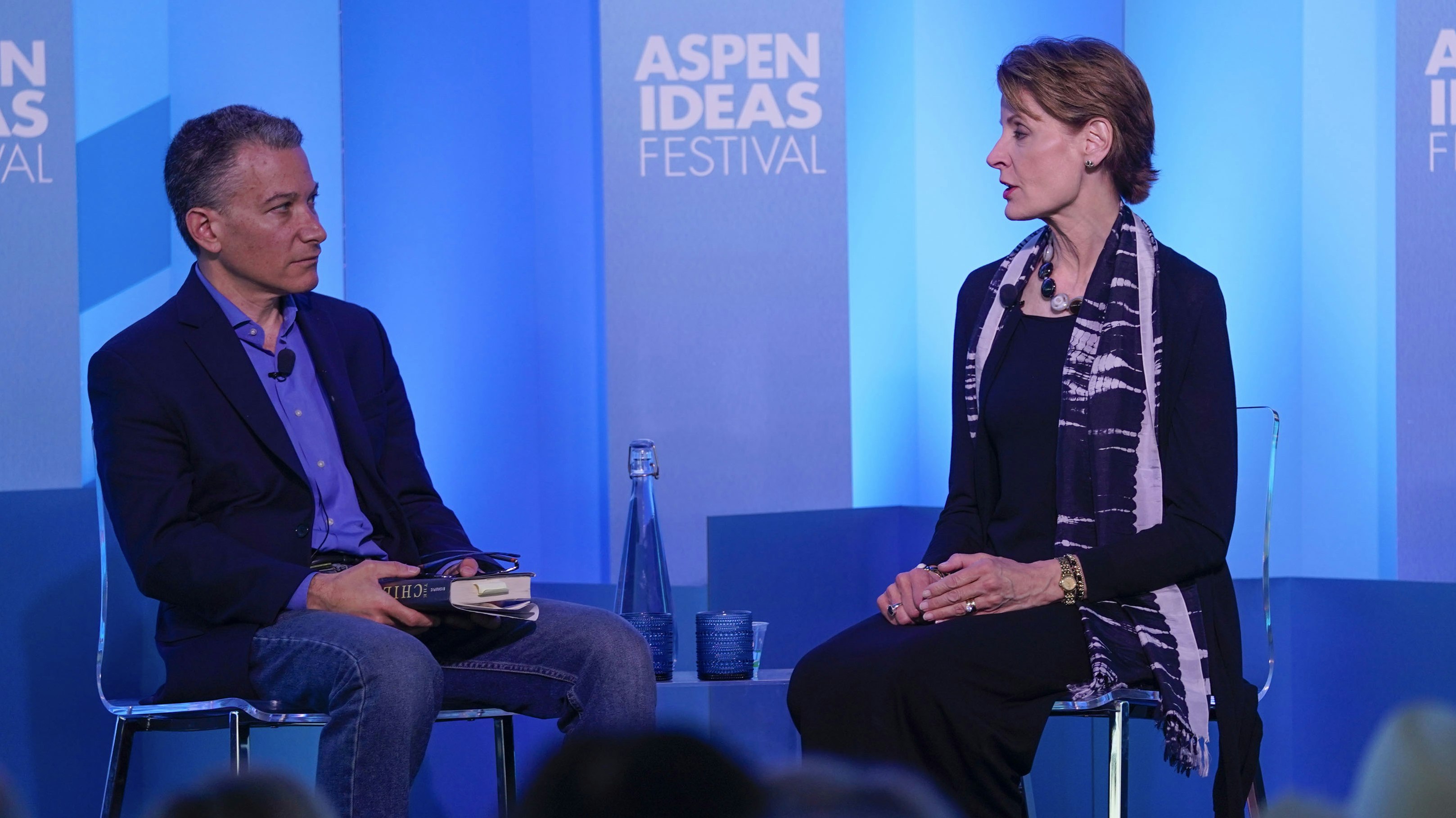
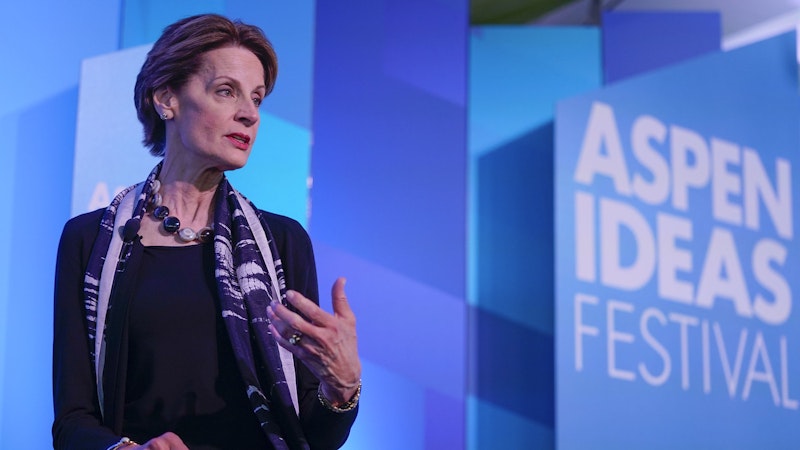
The Chief: The Life and Turbulent Times of Chief Justice John Roberts
Setup
Is the current chief justice of the United States a conservative activist, or a neutral umpire concerned first and foremost with preserving the institution of the Supreme Court? He may be a bit of both. An acclaimed recent biography, by a journalist who has known and observed Roberts for two decades, contends that Roberts is torn between two, often divergent, priorities: to carry out a conservative agenda, and to protect the court’s image and his place in history—a duality that has sowed distrust among his colleagues and anxiety about where he’s taking the court.
- 2019 Festival
- USA
Learning from failure: the SCOTUS edition
Even those who disagree with Supreme Court chief justice John Roberts on the issues usually can’t find fault with his intelligence and skill as legal mind, says Joan Biskupic, legal analyst and author of a biography about Roberts. Roberts quickly rose to prominence through Harvard Law School and the Reagan administration, cementing his reputation. But Biskupic explains how it was one of his few failures that helped him reach the Supreme Court:
Roberts the institutionalist v. Roberts the idealist
There are two competing impulses that drive John Roberts’ judicial decisions, says Joan Biskupic. One side of John Roberts is idealistically conservative — he did, after all, cut his teeth working for the Reagan administration. Another side of Roberts, though, believes vehemently in protecting the legitimacy of the Supreme Court. And in Roberts’ view, contentious decisions about polarizing issues damage the legitimacy of the Supreme Court in the public eye.
Did you know?
Biskupic says that because these impulses are often competing, Roberts has to balance his personal ideology with the realities presented to him on a literal case-by-case basis. And despite his best intentions, he often ends up confounding outside observers with decisions that sometimes fail both his ideology and his concerns for the court.
He’s smart, but is he likable?
Likeability might seem like a superficial trait for such an esteemed institution, but the quality of personal relationships between Supreme Court justices can have very real implications for how decisions are reached. Joan Biskupic says that John Roberts’ inexperience and ideological inconsistency have sown confusion and distrust amongst his fellow justices:
The “all in good time” chief justice
It’s clear that chief justice John Roberts trusts himself above all to make momentous decisions, but how does he actually reach those decisions? In response to an audience question about how to characterize John Roberts’ decision making style, Joan Biskupic breaks down how her analysis:
Learn More
Additional Information
Resources
The Chief: The Life and Turbulent Times of Chief Justice John Roberts by Joan Biskupic
Explore More
USA

Global conflicts and health crises have put into stark relief deeply-ingrained gender roles in society. Yet the past years have also seen record-high numbers of women running...


The world seems to be moving and evolving faster than ever before, and democratic ideals are under threat in many countries around the globe. New York Times columnist and jour...

How is constitutional law being harnessed to address climate change? Ahead of Aspen Ideas: Climate, we caught up with Andrea Rodgers, Senior Attorney at Our Children's Trust,...


History has the power to teach us what to do in the present, but do we actually make good use of that tool? Many events in our recent past might suggest otherwise. American hi...

Of course, Black history shouldn’t just be a month-long nod on our yearly calendar — it is inextricable from American history and fundamental to the very soul of our nation an...

The unflinching humanity and morality that Martin Luther King, Jr. embodied is part of what makes his legacy so lasting. In addition to his preeminent civil rights work, he sp...


The stories we hear about migrants trying to escape difficult circumstances tend to focus on hardship, conflict, statistics and policy. We rarely get a deep look at any of the...


Most Americans today would agree that the dream of supporting a family and living a good life on one full time salary is not available to vast numbers of people. Wages have no...


Climate change catastrophes are already happening with increasing regularity, and it’s clear we need to take action. The Biden administration has set a target of zero carbon e...


Even when the economy is booming and unemployment is low, millions of Americans still face economic hardship. And in the last few years the United States has dealt with supply...


Almost everyone agrees that immigration policy in the United States is lacking, but despite decades of debate, Congress has not been able to pass comprehensive reform on the i...

Americans seem more culturally and ideologically divided than at any point in most of our lifetimes, with no prospect of bridging those divides any time soon. The only thing w...

It’s a fact: In communities where voting rates are higher, health outcomes are better. That’s why ER physician Alister Martin, the Founder of Vot-ER and CEO of A Healthier Dem...


Populations around the world have been electing more and more autocratic leaders in the past couple decades, via supposedly free, fair, and democratic elections. The freedom o...


Merely defining gun violence is difficult, and coming to agreement on what to do about it often seems near-impossible in the United States. But people on all sides of the deba...


The U.S. Supreme Court continues to issue major decisions that have profound impacts on the lives of Americans and the political future of the country. During the term that ju...

At the 2023 Aspen Ideas Festival, we dug into some of the most important and fascinating issues of our time, from rebuilding trust in our institutions and the promise and peri...
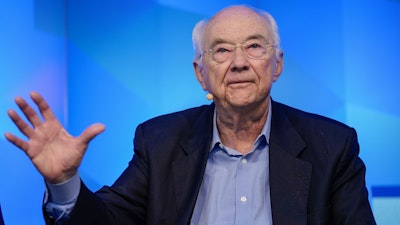
If one dives deeply into the statistics, the American Dream is actually quite alive and well. In his provocative book, The Myth of American Inequality, former U.S. senator Phi...

How do we describe the Republican Party today, and what are the dynamics that will shape its future?
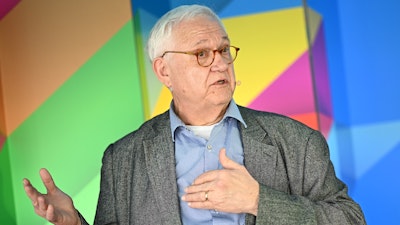
Join John Hamre, CEO of the Center for Strategic and International Studies, for a dynamic exploration of the transformational forces that will shape the global community throu...


